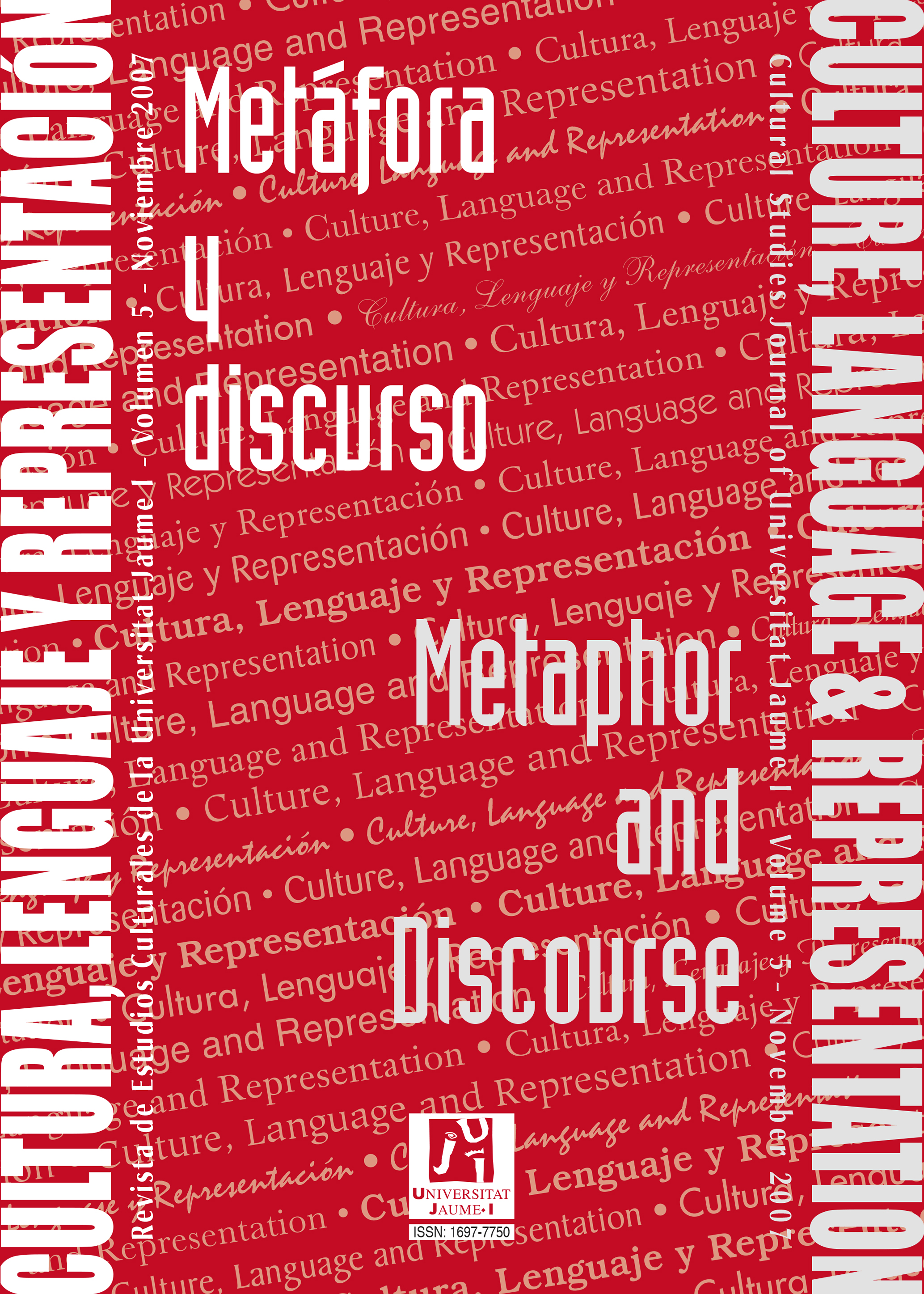Is This a Metaphor? On the Difficult Task of Identifying Metaphors in Scientific Discourse
Contenido principal del artículo
Resumen
This article focuses on the problem of metaphor identification in scientific language. In Conceptual Metaphor Theory, metaphors are often observed on the conceptual level. As in this framework there is no genuine linguistic definition of metaphor, problems occur in empirical work where metaphor identification in texts is required. Although there seems to be considerable agreement in intuitive judgements, most empirical work lacks a method which produces transparent and repeatable data. I will argue that a mixture of two possible identification strategies is often used intuitively: the “truth approach”, which marks as metaphorical expressions that are not actually true, and the “meaning approach” that takes the difference between primary and secondary meaning into account. While these intuitive identification strategies might be useful in some discourses, serious problems occur when metaphors have to be identified in scientific language. This is because in scientific theories “truth” is not easily identified and the meaning of a scientific term is sometimes not obvious. I argue for a methodological clear-cut distinction of the two possible approaches to metaphor identification, and for a careful reflection of the possible consequences of the different identification strategies.
Descargas
Detalles del artículo
Se utiliza una licencia de derechos de autor CREATIVE COMMONS de acceso abierto.
Aquellos autores/as cuyos trabajos sean publicados por esta revista esta revista, aceptan los términos siguientes:
Concretamente mediante las siguientes acciones:
- - Los autores/as conservarán sus derechos de autor y garantizarán a la revista el derecho de primera publicación de su obra, el cuál estará simultáneamente sujeto a la Licencia de reconocimiento de Creative Commons CC BY SA que permite a terceros compartir la obra siempre que se indique su autor y su primera publicación esta revista.
- - Cumplimiento de un porcentaje mínimo del 40% de mujeres como revisoras de los trabajos enviados a la revista.
- - Los autores/as conservarán sus derechos de autor y garantizarán a la revista el derecho de primera publicación de su obra, el cuál estará simultáneamente sujeto a la Licencia de reconocimiento de Creative Commons CC BY SA que permite a terceros compartir la obra siempre que se indique su autor y su primera publicación esta revista.
- - Los autores/as podrán adoptar otros acuerdos de licencia no exclusiva de distribución de la versión de la obra publicada (p. ej.: depositarla en un archivo telemático institucional o publicarla en un volumen monográfico) siempre que se indique la publicación inicial en esta revista.
- - Se permite y recomienda a los autores/as difundir su obra a través de Internet (p. ej.: en archivos telemáticos institucionales o en su página web) antes y durante el proceso de envío, lo cual puede producir intercambios interesantes y aumentar las citas de la obra publicada.


